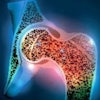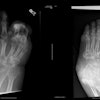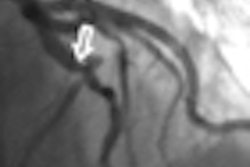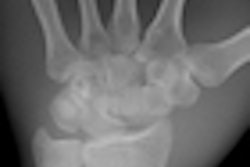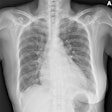Dear Digital X-Ray Insider,
Welcome to the first edition of the AuntMinnieEurope.com Digital X-Ray Insider. This email newsletter will provide regular updates on the latest developments in Europe.
One of the biggest challenges facing medical imaging professionals today is whether to select a digital radiography (DR) or a computed radiography (CR) system. Much depends on the specific clinical application. Dutch researchers have found that mobile chest DR provides superior image quality to CR at the bedside. Furthermore, DR studies produce 50% less radiation dose without the loss of diagnostic information. Click here to read more.
Dr. Thomas Vogl, who leads an influential R&D group at the Johann Wolfgang Goethe University Hospital in Frankfurt am Main in Germany, is well-known for his research in MRI, particularly MR-guided laser-induced thermotherapy of liver tumors. But his team is also one of Europe's leading centers for research in DR. He said the revolution in imaging driven by DR detectors is far from over and outlines the key trends in DR, as well as shares his views about the future, in an exclusive interview.
Significantly, Vogl's group has recently found that using a DR system with a wireless detector can cut 25% off the examination time for a typical single-view skeletal exam compared with conventional CR. To find out more, click here.
Radiation safety remains uppermost in everybody's minds, and growing attention is being paid to the role of radiographers in monitoring patient radiation exposure and adjusting x-ray equipment settings when rates rise. Researchers from Finland have investigated this area, and you can find the details by clicking here.
Infant body weight has been given precedence over infant age in the Republic of Ireland, where a new diagnostic reference level standard is being developed to define radiation exposure limits from mobile chest x-ray performed in the country's neonatal intensive care services. Click here for the full story, or visit the Digital X-Ray Community.


